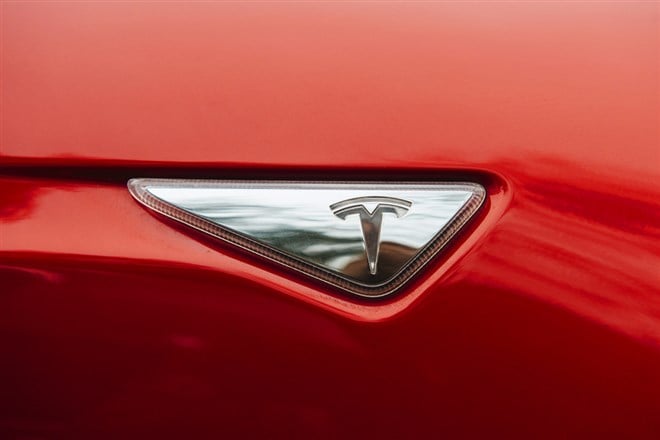
A long-held ambition for Tesla (NASDAQ:TSLA), which happens to be one we've been following for much of the year so far, is to get listed on the S&P 500. Such a move would provide Tesla with a lot of new opportunities to gain share price and improve access to capital, and one recent point demonstrated that nicely. Tesla was up almost 5% in pre-market trading, thanks to a bit of clarification as to how Tesla would be added to the roster.
Two-Step? Nope. Just One.
While it was clear that Tesla was finally to be added to the roster of S&P 500 stocks, the question that remained outstanding was just how the job would be done. Some believed that the addition should take place over multiple trading days. Others, meanwhile, believed that the move should occur all at once, using the trading price on Friday, December 18, the day in which S&P stocks are traditionally rebalanced.
There is always a logical basis for doing something like that all at once. It simplifies the process and makes it a little easier all around. However, for those who believed that the process should take place over several days, there was logic behind that move as well. If such a move was made all at once, reports suggested, it would be a “quadruple witching expiration”, and one that would not only spark a lot of volume in trading, but also put undue pressure on other stocks. By splitting up the addition over several trading days, the logic went, the end result would be a lot less jarring and a lot less likely to put impact on neighboring stocks.
Given Tesla's size—even after the split, the company is trading at $583.90 per share as of this writing—such concerns are far from unfounded. The addition of Tesla is poised to launch the largest rebalancing the S&P 500 has ever seen. The stock will go in with an 80% weighting, as CEO Elon Musk owns 20% of the company himself, but that will still represent a market cap of $437 billion.
Beyond the Rebalancing
The addition of Tesla to the S&P 500 is, of course, excellent news for Tesla. It will now directly benefit from exchange buyers, mutual funds and the like who simply buy into the S&P 500 and take advantage of the potential for gain therein. But there's more giving Tesla life than just the S&P move.
One of the biggest new moves is that Tesla is expanding its Chinese operations. Tesla is set to bring its Model Y to China, making it the second made-in-China vehicle the company offers therein. Given that the Chinese electric vehicle market is still in fairly early stages, there's a real potential that Tesla could start taking some significant market share for itself therein.
Additionally, our latest research finds that Tesla is both a “trending stock” and a “most-upgraded stock” for good reason. While the consensus figure is currently sitting at a “hold”, it hasn't been this strong in six months. The company currently has 11 “sell” ratings, 11 “hold”, 10 “buy” and one “strong-buy”. That compares favorably to the figures from six months ago, when the company had 10 “sell”, 14 “hold” and 11 “buy” ratings. Moreover, the aggregate price target has been on an upward slope; it's currently sitting at $277.78, which is actually around a 50% downside over where it's currently trading.
A Big Opportunity No Matter How You Slice It
Things are looking pretty good for Tesla right now. It's likely to make some significant gains once it hits the S&P 500 thanks to the index funds buying in, and it has some solid ratings behind it too. Its move into the Chinese market comes at an excellent time; with Chinese electric vehicle issues from Nio (NYSE:NIO) to Kandi (NASDAQ:KNDI) coming under fire from the Chinese government—and even a little bit from the US government—having Tesla shares is a good way to buy into the Chinese electric vehicle market that isn't in much danger of arousing government ire in one direction or the other.
Tesla still makes a fairly solid product—leave aside some of the bizarre glitches in its auto-drive systems—and there are plenty of happy Tesla customers out there. The fact that it's not a Chinese stock certainly helps as well. For those looking to buy in on the future of electric vehicles, this may be the best and most secure way to do so, even with more traditional automakers starting to get in on the action themselves.
Companies in This Article: